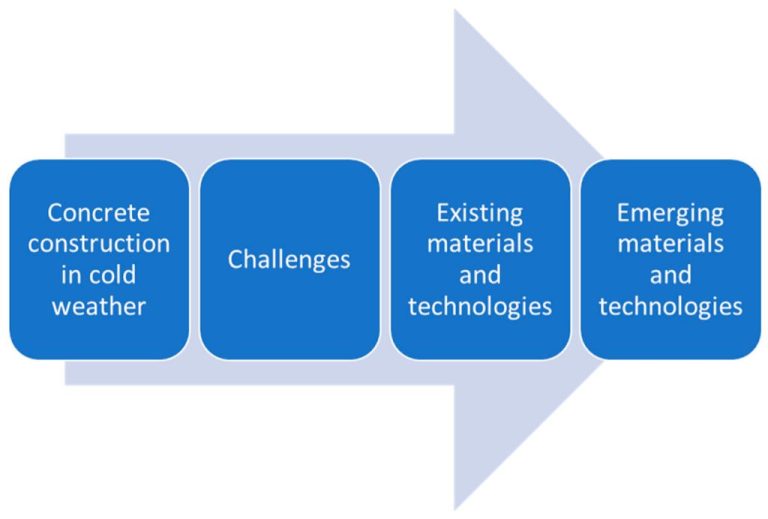What Is A Montessori Play Kitchen?
What is a Montessori play kitchen?
A Montessori play kitchen is a child-sized kitchen set up specifically for young children to engage in food preparation activities. The Montessori philosophy encourages real-life learning through purposeful play. Rather than toy kitchens for pretend play, Montessori kitchens allow children to partake in age-appropriate cooking tasks with real (but safe) utensils and equipment.
The Montessori method focuses on fostering independence and building life skills from an early age. Having access to a functional play kitchen helps children gain confidence and autonomy in the kitchen. It also lays the foundation for future culinary skills and healthy eating habits.
Montessori kitchens originated from Maria Montessori’s ideals on purposeful work and practical life exercises for young children. Around the early 1900s, Montessori schools began incorporating child-sized kitchen environments made with real (miniature) kitchen tools and appliances. The hands-on learning aligns with key Montessori principles like concrete learning, order and sequencing, and developing coordination.
Today, Montessori play kitchens remain a popular feature of Montessori classrooms and homes. They provide an engaging and developmentally appropriate way for children to gain basic cooking skills and independence. Quality Montessori kitchens are made from natural materials like wood, with child-safe accessories for slicing, pouring, and more.
Benefits of Montessori play kitchens
Montessori play kitchens provide many developmental benefits for children by promoting cognitive, motor, independence, and real-life skills.
Cognitive Skills
Pretend play in a Montessori kitchen boosts language development, creativity, problem-solving, and other cognitive abilities. Following multi-step recipes, setting the table, and engaging with kitchen tools all build focus, sequencing, and executive function.
Motor Skills
The hands-on activities of washing, chopping, stirring, and cooking food exercise fine and gross motor skills. Opening containers, transferring ingredients between bowls, and practicing pouring builds hand-eye coordination.
Independence
Allowing children to freely access kitchen materials enables independent play. Choosing activities, preparing snacks, and cleaning up after themselves builds confidence and self-reliance.
Real-Life Skills
Montessori kitchens create a bridge between pretend play and real cooking. Following recipes, measuring ingredients, and using child-sized appliances promotes practical life abilities.
Montessori Kitchen Materials
Montessori kitchens include a variety of materials meant to resemble real kitchen tools and foods, just sized for little hands. Common Montessori kitchen materials include:
Foods and Containers
- Wooden, ceramic, or metal fruits, vegetables, eggs, breads, pastas, etc.
- Baskets, bowls, plates, cups, pots, pans, and other containers for play food
Utensils
- Child-safe knives, peelers, graters, whisks, tongs, ladles, and more (The Montessori Room)
- Dishrags, napkins, aprons, oven mitts
By using realistic materials, children can pretend to prepare meals and build practical life skills like pouring and slicing. Open-ended materials allow endless creativity.
Setting up a Montessori kitchen
When setting up a Montessori kitchen, first consider the location. It’s best to set it up in an open area of the home where the child can easily access it, such as a playroom, living room, or corner of the kitchen.
In terms of furniture, you’ll want a small play table and chairs sized appropriately for the child. Solid wood is recommended over plastic. The table should be low enough for the child to reach comfortably. The chairs should allow the child’s feet to touch the floor (Wood and Hearts).
Accessories like dishes, utensils, pots and pans should also be child-sized. Opt for metal, wood or ceramic instead of plastic. Include items like plates, bowls, cups, pitchers, cooking utensils, pots, pans and more. Store accessories on low open shelves or in baskets that the child can easily access (This Toddler Life).
Consider adding a small sink or bucket of water so children can practice washing dishes and produce. A low drying rack allows cleaned items to drain.
When organizing the space, keep safety in mind. Avoid items that could shatter and secure furniture to walls if needed. Monitor play and teach proper use of accessories.
Age-appropriate use
Montessori play kitchens are designed for children ages 2-6 years old. Around age 2, children start gaining interest in “playing house” and mimicking everyday activities like cooking. A Montessori kitchen enables them to engage in pretend play in a realistic environment tailored to their size and developing abilities.
The kitchen is well-suited for early preschool ages 2-3. At this stage, children delight in spooning, scooping, pouring and transferring activities. Around age 4, they become capable of more complex imitation of baking, cooking and washing dishes. Between ages 5-6, the play kitchen appeals to their growing independence as they pretend to prepare entire meals.
Since the kitchen is sized for small children, its usefulness tends to wane around age 6 when they desire more sophisticated dramatic play. The kitchen helps build their self-confidence during the years when they are excited to take on “grown-up” roles but still need child-friendly tools designed for success.
Safety considerations
Montessori play kitchens require close supervision for safety, especially with younger children. Parents should watch for potential choking hazards with small pieces and keep an eye on improper use of materials that could lead to injury. It’s also important to be aware of any food allergies. According to this source, Montessori kitchen towers allow children to be at counter height to participate, but require monitoring to prevent falling and injuries.
All toy food, plates, utensils, and appliances should be examined for detachable parts, sharp edges, and size to reduce chances of choking per recommendations here. Proper supervision is key to intercept and remove any hazardous items immediately. Check food ingredients if real food items are used for allergies. Adult guidance helps make Montessori kitchens safe, engaging environments for pretending, learning, and developing independence.
Activities and lessons
Montessori play kitchens provide a wide range of activities and lessons for children. Some key activities focused on food preparation, cleanup, and sensory play include:
Food preparation – Children can practice slicing, pouring, mixing, kneading, and other cooking skills using play dough, pretend fruits and vegetables, and kitchen tools like knives, graters, strainers, etc. They learn sequencing by following recipe cards and gain independence by choosing ingredients and planning meals.
Cleanup – Washing pretend dishes, pots, pans, and utensils after cooking helps reinforce cleaning habits. Kids also learn to wipe down counters, organize kitchen items, compost scraps, and recycle packaging. Practicing these chores builds real-life skills.
Sensory play – Filling containers and scooping dry grains or water allows kids to experiment with volume, weight, and textures. Sorting fruits, veggies, and kitchen items by shape, size, or color develops fine motor and cognitive skills. source
The hands-on learning, responsibility, and imaginative play that take place during these activities help make Montessori kitchens an engaging and educational space for children.
Real vs Play Food in Montessori Kitchens
Montessori play kitchens can incorporate both real and pretend food items. Each offers different benefits for a child’s development and learning:
Benefits of Real Food
Using real food in Montessori kitchen play encourages:
- Exploration of textures, smells, tastes – sensory learning
- Understanding of food properties and origins
- Development of food preparation skills – slicing, mixing, baking
- Trying new foods to expand palate
- Understanding of nutrition and food groups
Benefits of Pretend Food
Pretend food toys allow for:
- Open-ended imaginative play scenarios
- Practice of real-life skills like setting the table
- Creative expression and role playing
- Learning cooking vocabulary and processes
- Collaborative play with other children
Offering both real and pretend foods provides the full range of benefits. Children can start with play food as they role play, then transition to preparing real snacks themselves.
Open-ended play
A Montessori play kitchen offers open-ended play opportunities that allow children to guide their own experiences. Rather than toys with set functions, the materials in a Montessori kitchen are designed to spark creativity and imaginative roleplaying.
Child-led exploration is a core principle of the Montessori method. Children are able to choose what to cook, who to play with, and how to set up the kitchen. There is no right or wrong way to use the kitchen. The open-ended nature of the toys and accessories allows for many different games and scenarios.
Pretend play builds a host of developmental skills. As children roleplay cooking, hosting dinner parties, running restaurants, and more, they stretch their imagination and creativity. They also practice language and social skills, problem solving, independence, and motor skills.
A Montessori play kitchen encourages this beneficial pretend play by providing children the space and open-ended toys to follow their interests. With minimal adult direction, children gain confidence and learn by doing.
Transitioning from pretend to real
When toddlers are around 18 months to 2 years old, parents can start the transition from pretend play in the Montessori kitchen to helping in the real kitchen. At this age, children want to do what they see adults doing and start imitating real activities. The Montessori approach follows the child’s natural inclination to move from imaginative play to purposeful work.
To bridge the two spaces, start involving the child in simple supervised activities in the real kitchen, like washing fruits and veggies, stirring batter, tearing lettuce for a salad, spreading condiments, etc. Provide toddler-safe tools like a small knife set so they can participate alongside you. Celebrate their contributions and gradually increase complexity as their coordination develops.
The Montessori kitchen remains available for play, but the child will likely start spending more time doing actual food prep. Around age 3, the pretend kitchen can be packed up when the child shows a clear preference for real cooking activities. This natural transition fosters independence and gives the child pride in their work.




